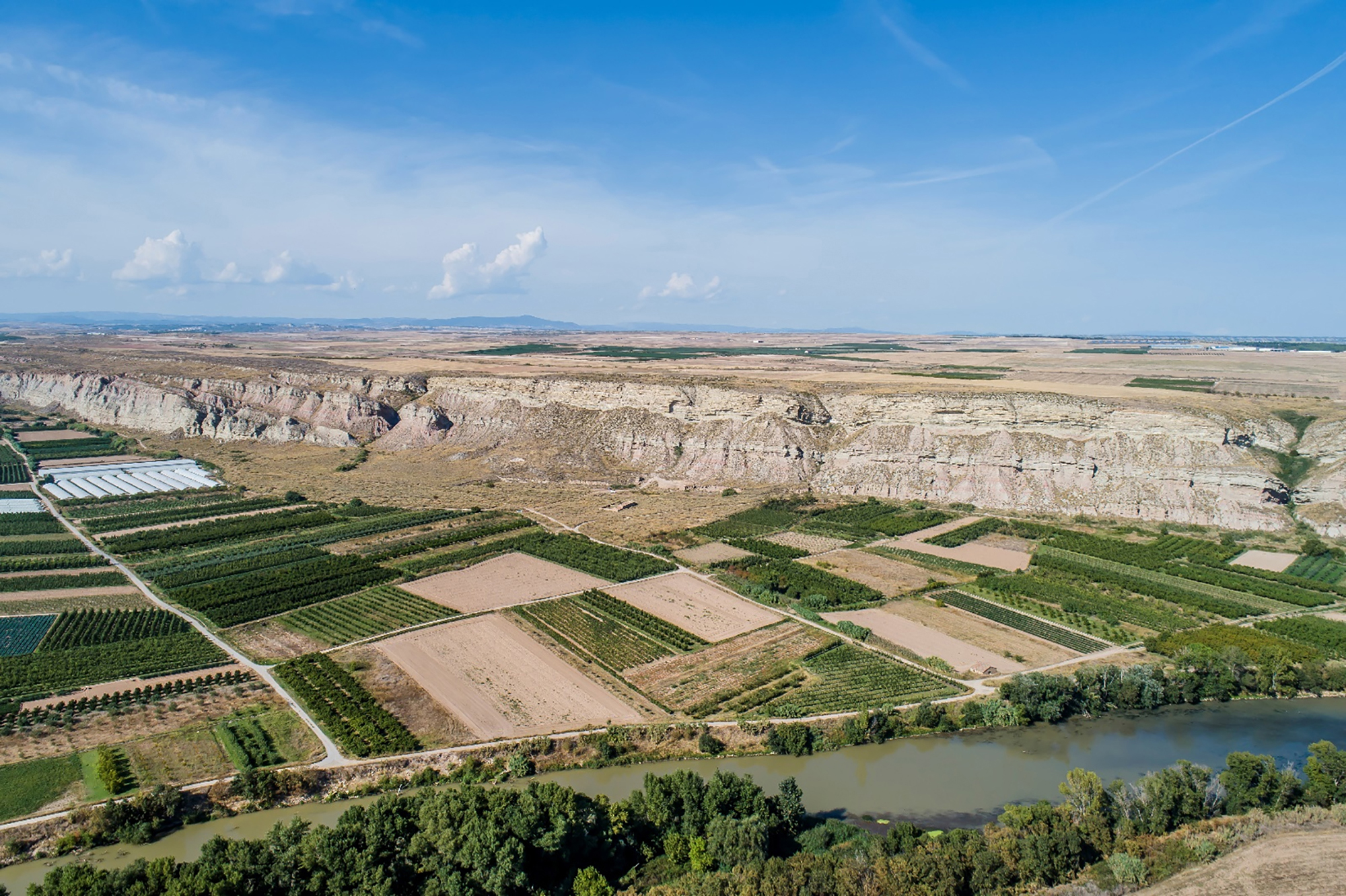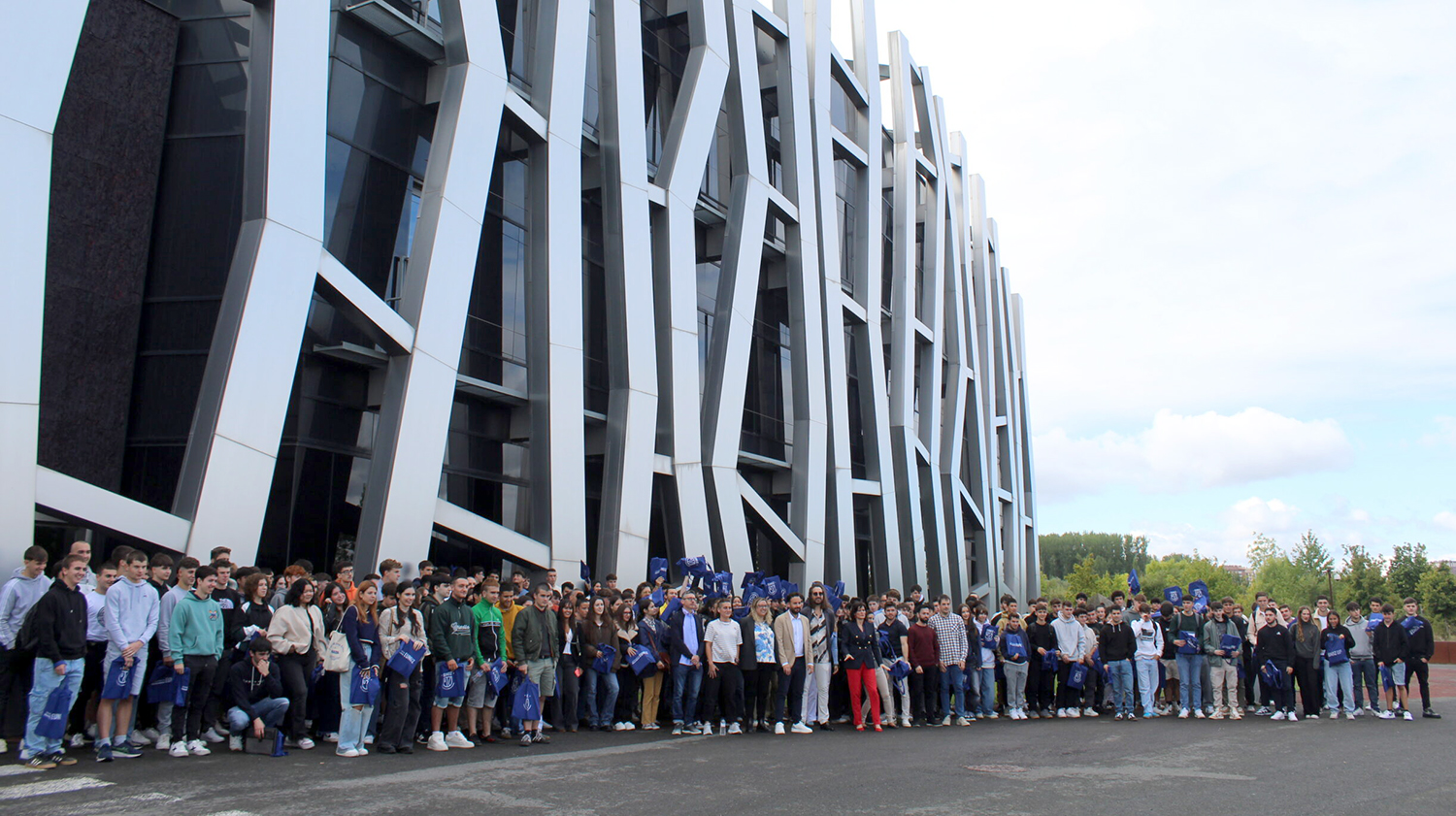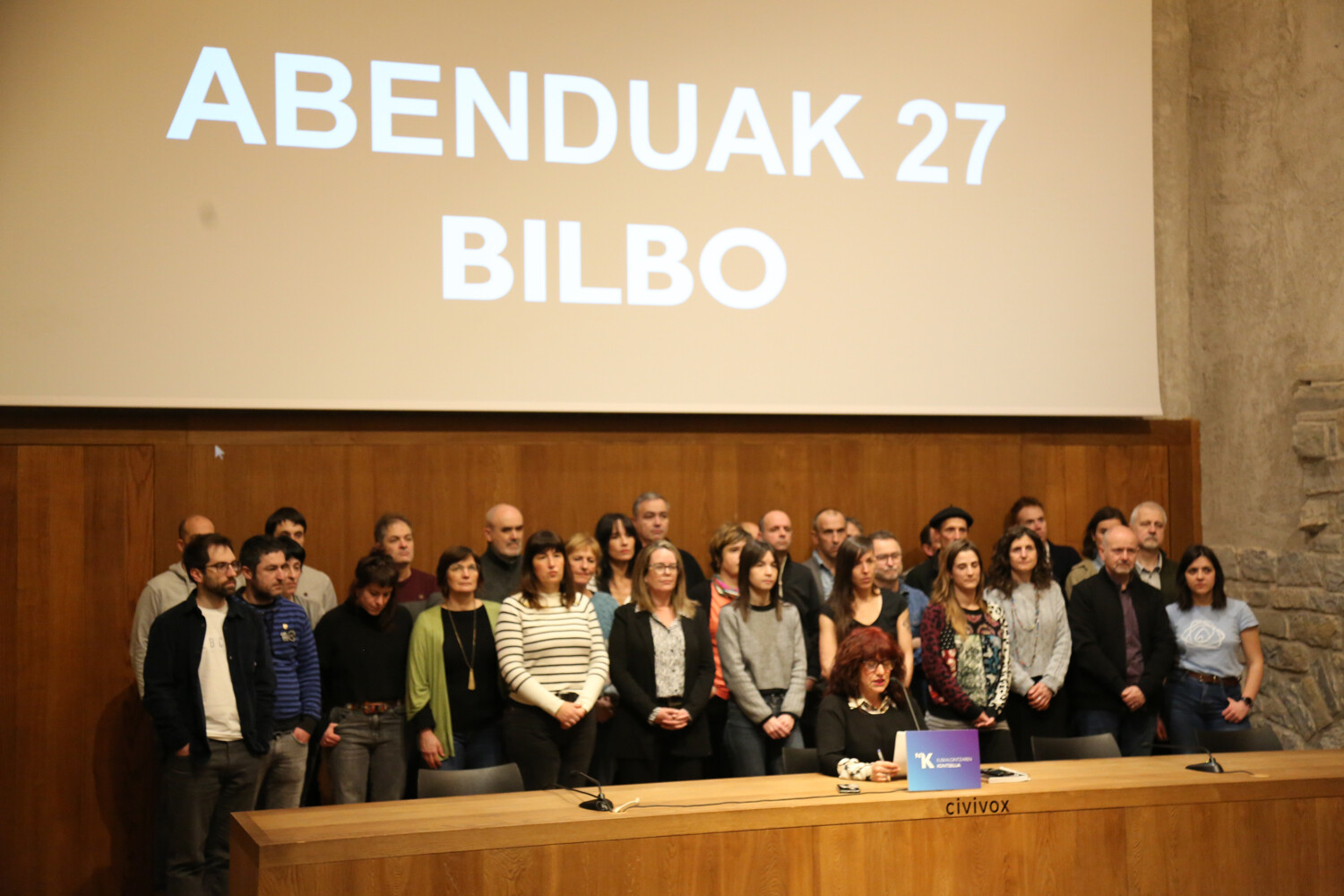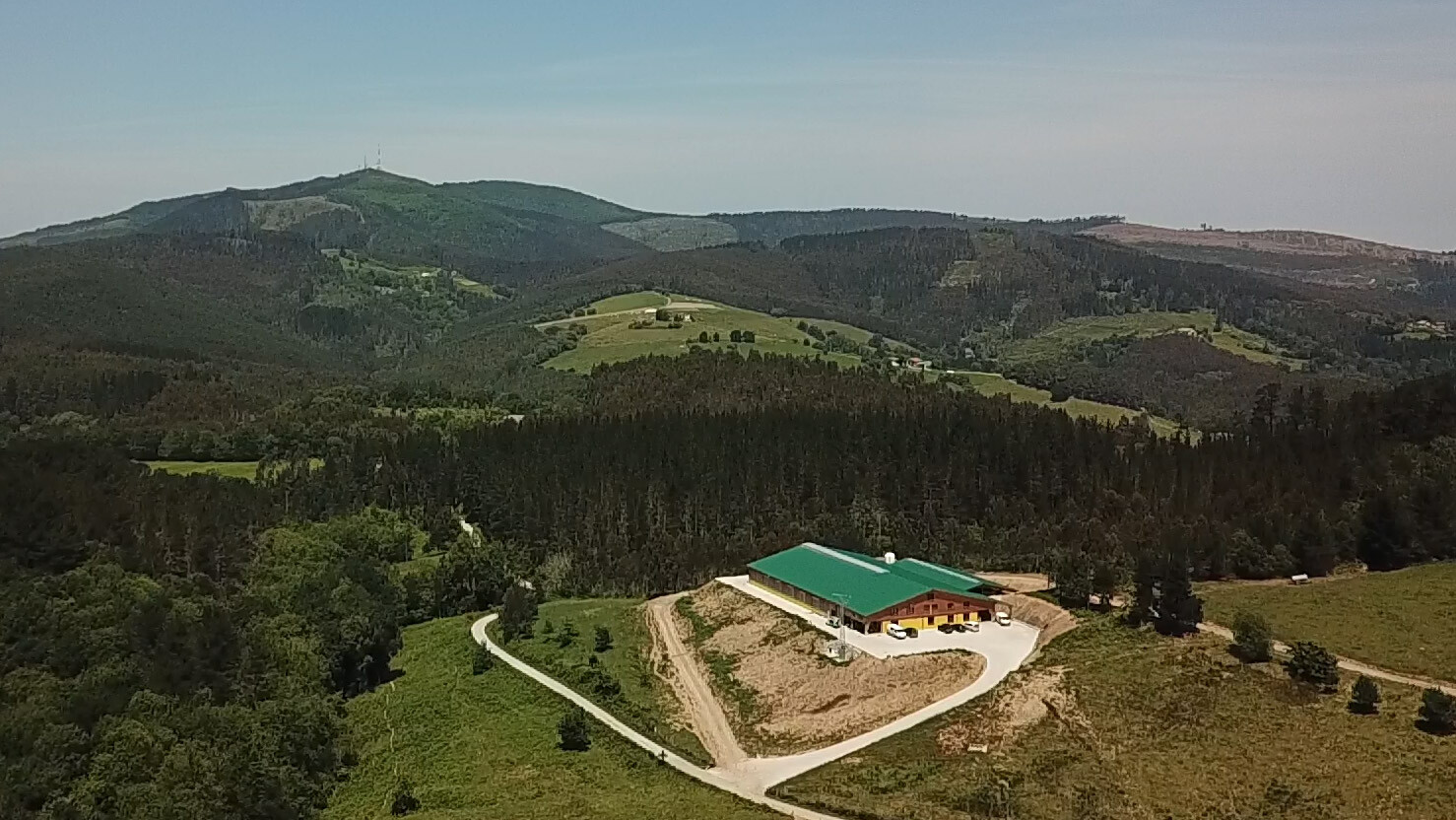On the road to privatization and banking
- As a result of the reform of the financial system recently approved by the Spanish Government, savings banks – including the South Basque Country – have said goodbye to the model they have had in the last century and, from now on, the banks, privatized and banked, will look more like traditional banks than traditional savings banks, which, among other things, jeopardizes the social function they have performed through social action in their centuries-old history.
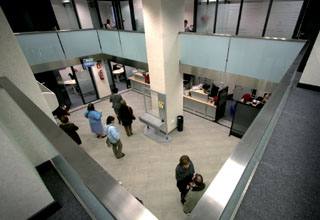
The situation of some savings banks is serious because they are contaminated by political plots in their territories and have devoted much of their activity to the brick business. This has mainly led to a financial revolution. All this has led to the practical failure of many boxes. Not the Basque savings banks, which in general have managed well professionally, until one of them, BBK, rescues the Andalusian entity Cajasur. Remember that the solvency studies for banks and savings banks in Europe have been passed with good marks by the three savings banks in the Basque Country. However, the other Basque box, the Caja de Navarra, did not pass the exam, but has already taken measures to strengthen it. And yet, the reform is for all the boxes.
Four models, or four custom-made garments
The reform will allow the Fund to issue participation quotas in the form of shares, both with and without political rights. In both cases, the fees may not exceed 50 per cent of the Fund ' s assets. This will make it easier for savings banks to obtain private capital. The shares will be quoted on the Stock Exchange and paid for through dividends, as well as shares. The issuance limit shall be 50 per cent of the assets of each Fund.
The reform establishes four models for the boxes; four tailor-made garments. According to the first model, they will be able to continue being the Fund, with the approval of the new quota regime and the adaptation of the statutes to the rules of corporate governance. The second model will allow them to enter into an Institutional Protection System (BSI), that is, they can choose the so-called “cold merger”. The boxes that accept the “cold merger” will have a bank as a central entity, and the boxes will have at least 50% of the participation of this bank. If they sell more than 50% on the stock exchange, the boxes will cease to exist and they will have to become a foundation.
In the third model, they will be able to remain the cash, leaving all the financial business in the hands of a bank, but maintaining 50% of the shares of the exigent. Social action and industrial business will remain in the box. As for the fourth model, the boxes will have the opportunity to stop being boxes and become foundations, leaving the business in the hands of a bank, as long as they have less than 50% of the participation of that bank.
A voluntary reform?
According to the Spanish government, the financial reform that has been undertaken is voluntary. According to Elena Salgado, Vice President of Economy of the Spanish government, any decision on the change of model will have to be approved by two-thirds of the council and the general assemblies. In theory, reform is voluntary, but experience suggests that voluntary reform in theory eventually becomes mandatory. This is what the director of Bancaza, Luis Olivas, recently recalled. Olivas mentioned the virtues of the Italian model of changing boxes. In Italy, at first, the sale of part of the business to banks was voluntary and eventually became mandatory. Currently there are no savings banks in this country.
Depoliticization of the sector
The reform of the Fund also entails the professionalization and depoliticization of the management of the sector. The reform sets a three-year deadline for elected officials – state and autonomous parliamentarians, councillors, senior management positions, etc., with the exception of union representatives – to leave the cash management bodies. However, the alternates will be appointed by the autonomous parliaments and not by the government.
Kutxek gizarte ekintzari egiten dioten ekarpena sektorearen etekinekin batera behera egiten ari da. Hemendik aurrera, bankuen kuotak edo akzioak dituzten kutxek dibidendu horiek ordaindu beharko dituzte eta, gainera, gizarte ekintzaren martxa eraman beharko dute. Egoera berriak indarra kendu diezaioke gizarte ekintzari. Kutxen zuzendaritzaren eta kudeaketa ahalmenaren menpe egongo da hori. Kutxak pribatizatzen eta bankarizatzen badira, horien kontrola ez da, orain arte bezala, erakunde publikoen –diputazioen, udalen eta, beraz, alderdi politikoen– eta sindikatuen esku egongo; esku pribatuetan ere egongo dira, akziodun berrien eskuetan. Noski, mozkinak banatzerakoan interes pribatuek eta publikoek talka egin dezakete. Eta, azkenean, kaltea gizarte ekintzarentzat izango da, kutxen ikurrarentzat.
Londres, 1944. Dorothy izeneko emakume bati argazkiak atera zizkioten Waterloo zubian soldatze lanak egiten ari zela. Dorothyri buruz izena beste daturik ez daukagu, baina duela hamar urte arte hori ere ez genekien. Argazki sorta 2015ean topatu zuen Christine Wall... [+]
Pippi Kaltzaluzeren istorioak lehenengoz kaleratu zirenetik 80 urte bete direla-eta, leku berezia eskaini diote Boloniako Nazioarteko Haur eta Gazte Liburu Azokan. Azkarra, independentea, errebeldea, lotsagabea, menderakaitza, apur bat basatia, sormen handikoa, ausarta eta... [+]
Jaurlaritzak ziurtatu du itxaron-zerrendak bi hilabetetik behera jaitsi direla azken hiruhilekoan. Manu Lezertua EAEko arartekoak, berriz, beste datu bat nabarmendu du herritarren kexei buruzko urteko txostenean: Osakidetzari dagozkion kexak %70 igo dira, eta batez ere... [+]
Gozamen aparta bezain deskribatzeko zaila dakar, norbaiten hitzak irakurri edo entzun ostean, zera pentsatzeak: “Horixe zen neu aurreko hartan azaltzen saiatu nintzena!”. Idazlea eta itzultzailea da María Reimóndez, eta galegoz aritzen da, hizkuntza... [+]
Ugaritu diren “txiringito pribatuei” muga jartzeko asmoz, unibertsitate berriak sortzeko baldintzak gogortu nahi ditu Espainiako Gobernuak. Euskal Herrian polemika artean jaio zen azken unibertsitate pribatuak adibidez, Gasteizko Euneizek, gaur gaurkoz ez ditu... [+]
Haurtzaroaren amaiera eleberri distopikoa idatzi zuen Arthur Clarkek, 1953. urtean: jolasteari utzi dion gizarte baten deskribapena. Eta ez al da bereziki haurtzaroa jolasteko garaia? Jolasteko, harritzeko, ikusmiratzeko eta galdera biziak egiteko unea. Ulertzeko tartea zabalik... [+]
The lights of the theater are on. Discreetly, I’m walking on the steps: the school performance is about to begin. The young men run to their seats, full of life and joy. The retreat has the taste of liberation, but this feeling of freedom speaks Spanish or French. This... [+]
There are those who subscribe to portals to sell their homes because they would like to buy a house. From time to time they even make appointments to see the houses, and I am sure that the seller knows that these people will not buy the house, not because they find it in the... [+]
Segurtasun falta dagoen irudipena handitu dela azaldu du Eustaten azken txostenak. Gurean, Trapagaranen, Segurtasuna orain, delinkuenteen aurka manifestaziora deitu dute herritar batzuek.
Bi izan dira sentsazio hori zabaltzeko arrazoiak. Batetik, udalak Udaltzaingoaren... [+]
Egypt ' s urban planning plan for the Gaza Strip has recently been expanded. A drawing shows the streets, buildings and imagery of the future on a reality that still smells of shrapnel and explosives. The urban planning proposal, used as another bomb shot. Individual house... [+]
Wikipedian bilatu dut hitza, eta honela ulertu dut irakurritakoa: errealitatea arrazionalizatzeko metodologia da burokrazia, errealitatea ulergarriago egingo duten kontzeptuetara murrizteko bidean. Errealitatea bera ulertzeko eta kontrolatzeko helburua du, beraz.
Munduko... [+]












